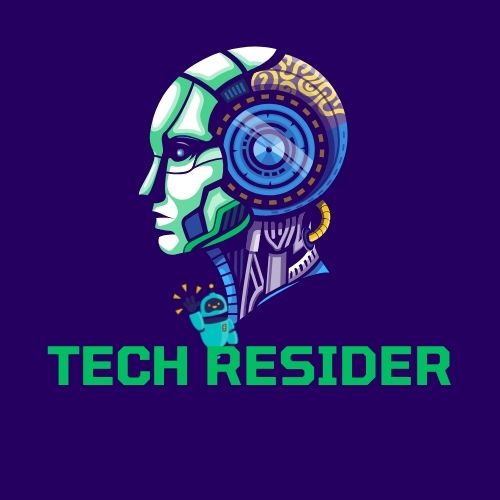With Tableau, users can connect to, analyze, and share data with ease. Tableau is a robust business intelligence and data visualization application. Tableau makes it simple for users to create interactive, eye-catching dashboards and reports because of its user-friendly drag-and-drop interface and variety of built-in charts and graphs.
Tableau’s capacity to connect to a variety of data sources, including Excel, CSV, SQL databases, and others, is one of its main advantages. This eliminates the need for intricate data integration or ETL processes by enabling users to combine data from several sources and analyze it in one location.
Tableau’s built-in data wrangling and preparation functions make it simple to clean, restructure, and transform data as required after data is connected. Users may easily categorize data, apply filters and criteria to further tailor their study, and quickly build computed fields.
The capability of Tableau to produce interactive dashboards and reports is another important feature. Users may quickly and easily create interactive maps, graphs, and charts with Tableau. As a result, users can study data more interactively and quickly spot patterns and trends that might not be obvious in static reports.
Users of Tableau can share their dashboards and reports with others using a variety of collaboration and sharing tools. Teams may work together on data analysis and decision-making, and it makes it simple to communicate insights to stakeholders.
Users can share and publish workbooks using Tableau Server and Tableau Online, two products.
Overall, Tableau is a strong solution for business intelligence and data visualization that makes it simple for users to connect to, analyze, and share data.
It is a well-liked option among organizations of all sizes due to its user-friendly interface, extensive built-in functionality, and capacity to connect to a wide range of data sources. Tableau is utilized by many different types of businesses and organizations and may be used to address many different business issues.
Here are a few instances where Tableau business intelligence tool has been put to use:
Retail: A retailer utilizes Tableau to analyze sales data in real time, which enables them to immediately spot trends and make data-driven choices about inventory management, marketing initiatives, and store operations.
Healthcare: To collect patient data and keep tabs on the functioning of various departments and medical staff, a hospital employs Tableau. This enables them to locate bottlenecks and enhance patient outcomes and care.
Finance : Financial data is tracked and important performance metrics, such as loan performance and client retention, are monitored by a bank using Tableau. This enables them to pinpoint problem areas and choose data-driven risk management and investing tactics.
Manufacturing: To track the success of its production lines, including machine uptime, yield rates, and quality control, a manufacturing company employs Tableau. This enables them to locate bottlenecks and boost productivity and efficiency.
Marketing: To analyze customer data and monitor the effectiveness of various marketing strategies, a marketing firm employs Tableau. This enables them to comprehend consumer behavior, pinpoint crucial demographic groups, and modify their marketing tactics.
Supply Chain: To track the efficiency of their supply chain, including shipment times, delivery rates, and inventory levels, a logistics company uses Tableau. By doing so, they may locate any bottlenecks and boost both productivity and client happiness.
These are just a few situations where Tableau can be put to use in the real world. Because of the tool’s adaptability and ability to analyze and visualize data from any company or industry, it is a useful resource for any firm wanting to make data-driven decisions.
